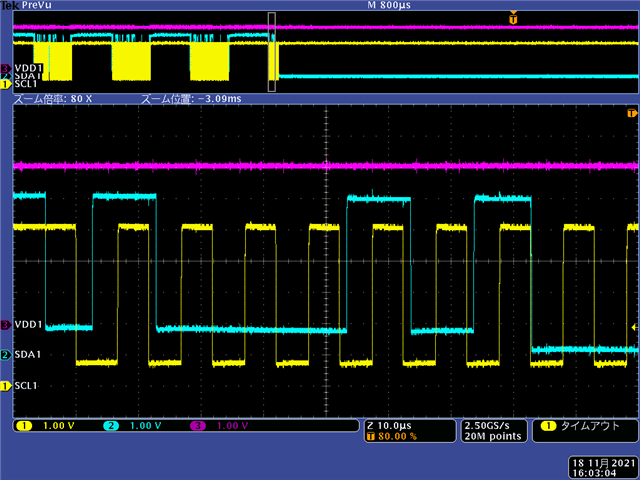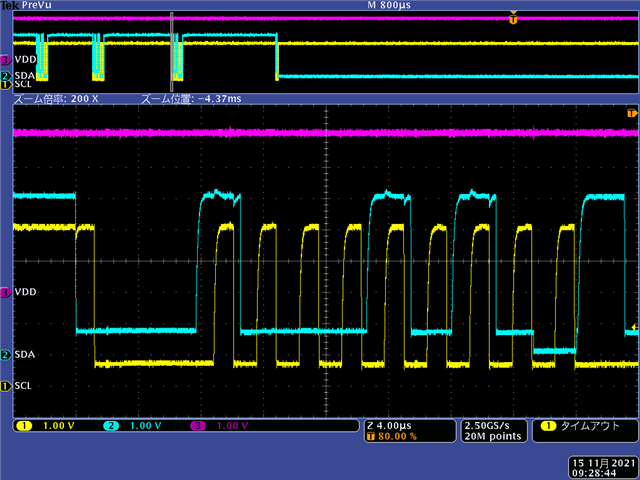Other Parts Discussed in Thread: ADS112C04
Hello TI's isolation parts expert team,
I am evaluating ISO1640 and ADS112C04 and try to use ADS112C04 in isolated condition by ISO1640.
However, when I insert ISO1640 between microprocessor and ADS112C04, I2C communication fail occur suddenly and occasionally.
I discuss this phenomenon with Mr. Bob Benjamin who is expert of TI's Data Converters Forum.
Detail discussion is under way at below link(FYI);
In the discussion, he reviewed ISO1640 datasheet and taught me that ISO1640 datasheet shows microprocessor is located in side1 of ISO1640 and sensor and AD converter is located in side2 of ISO1640.
However, I locate microprocessor in side"2" of ISO1640 and locate ADS112C04 in side"1".
See attachment schematic below.

Question : Why does ISO164X series datasheet show microprocessor is located in side2 in figure9-4 and figure9-5. Is it essential for circuit design ?
Thank you very much in advance.
Best regards,
Toshihiro Sakakima




